|
(Continued from last fortnight)
In this part I look at more recent media in which advertising has played a significant role.
Radio
Until the early 1960s only print and outdoor advertising was popular. But then came Radio Ceylon which started offering commercial services to Indian advertisers, something All India Radio did not allow. Radio Ceylon was represented in India by Radio Advertising Services owned by the Sayani brothers (Hamid and Amin) with headquarters in Bombay. S.V. Venkatraman (father of actor S.V. Sekhar) was the manager of Radio Advertising in Madras. L.R. Swamy & Co was also allowed to canvass advertisements for Radio Ceylon.
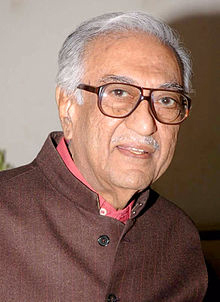
Amin Sayani.
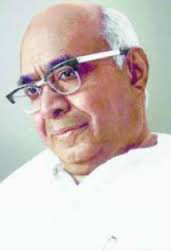
A.V. Meiyappa Chettiar.
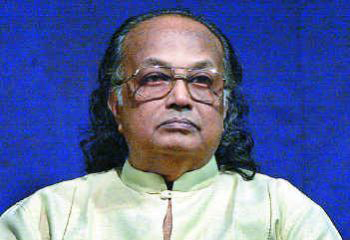
S. Krishnaswamy.
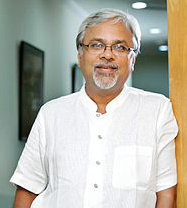
Jayendra Panchapakesan.
Thanks to the wide coverage of Radio Ceylon across the length and breadth of India, Mayilvahanan, a popular Tamil voice, and Amin Sayani of Binaca Geethmala fame, became household names in the 1960s and 1970s. Some of the memorable radio spots of the time were for brands like Gopal Tooth Powder, Ponvandu Soap, and Woodward’s Gripe Water, apart from Tamil versions of the advertisements of well-known multinational brands like Col�gate Dental Cream, Life�buoy Soap, Lux, etc.
Though Vivid Bharathi was started by AIR in 1967 as a commercial service to counter the popularity of Radio Ceylon, it never reached the heights of Radio Ceylon as an advertising medium because of the restrictions Government imposed on the duration and frequency of commercials.
Radio broadcasting in Madras started in 1930 from a radio station in the Corporation’s Ripon Building and then shifted to All India Radio‘s own premises in 1938. But it was the starting of FM stations by AIR and opening the radio medium to the private sector that has favourably impacted this medium. FM radio stations operating out of Madras offer, 24x7, interesting programmes aimed at attracting a wide spectrum of audiences, especially the youth which is moving away from the print medium. However, radio is more popular as a mobile medium as people listen to it while they are commuting. The extensive reach of mobiles with radio listening facilities has certainly made radio more popular. Because of the focussed target audience it offers, radio as an advertising medium is bound to grow, as evident from the growing popularity of many of the FM channels in Chennai.
Film/TV
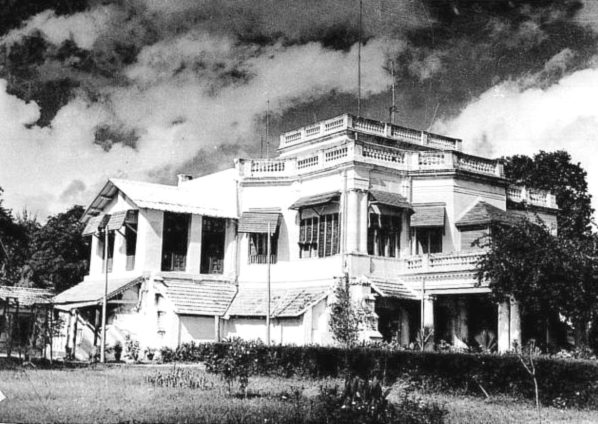
AIR's own home on Marshall's Road.
Madras entered the film industry producing only Tamil cinema, but before long it was the hub of Telugu, Kannada and Malayalam cinema as well. Later, it grew into a major �industry. Cinema advertising, in the form of one-minute ad films in all cinema halls across �Madras State, was started by the founder of AVM Studios, Meiyappa Chettiar, operated under the name of Central �Publicity. It was later bought by Blaze Advertising, Bombay. �Cinema was a leading advertising medium of the time.
During the 1970s and 1980s, film advertising in Madras essentially consisted of dubbed versions of Hindi/English spots produced in Bombay for famous brands and which had played in cinema theatres there. Many of these commercials did not connect with local audiences in the South because they not only featured North Indian models but also the language translation used was totally outdated, having been translated by writers in Bombay who had moved out of Madras decades earlier. On this scene, there entered in Madras S. Krish�naswamy of Krishna�swa�my Associates, the well-known documentary producer, and his brother S.V. Ramanan who began creating original commercials in Tamil aimed at the Tamil audience. Krishnaswamy even tried using puppetry animation to promote Madras �Fer�ti�lizers Ltd.
The Asian Games in 1982 brought colour television with it and TV spots in colour came into vogue. But for quite some time even television commercials beamed on local DD continued to be dubbed versions of Bombay production houses.
Then there came Jayendra Panchapakesan, an ex-copy writer and film-writer, and P.C. Sriram, the well-known cinematographer/director, who together started J.S. Films and changed all that. As a team they came up with some good concepts and executed them to the demanding standards of the Bombay advertising world. Their role in helping create famous brands like Rasna (I love you Rasna), BPL (Home Alone), Regal (Sottu Neelam) is well-known in the industry. At one stage, they were flooded with assignments from all the leading advertising agencies from Bombay who handled a host of multinational brands.
Over a period of time, the team split and Jayendra started Real Image, India’s leading provider of technology in the film, video and audio domains. He also launched QCN – a digital out-of-home advertising solution provider with central monitoring and control facility. Real Image also represents several global players in the field in India and abroad.
Another Madras-based advertising film producer who caught the imagination of the Bombay advertising world was Rajiv Menon who is also well-known as a cinematographer and director. He produced some memorable ad films for Asian Paints and Titan watches.
The Madras ad world can be proud that it nurtured some of today’s celebrities during their days of struggle. Today’s icon A.R. Rehman was popular as Dilip in his earlier avatar – he used to compose advertising jingles for many products in his spare time. He pioneered the concept of composing background music for a jingle on his Casio keyboard and recording it with a dummy voice of his own, before calling in a professional singer to sing the jingle – saving a lot of time and money in the process.
Balakrishnan (Balki), National Creative Director of Lowe Lintas, is another contributor from Chennai to the national advertising scene. He is also well-known as a director of feature films, having directed Amitabh Bachchan in Cheeni Kum and Paa.
Senthil from JWT Madras, who conceived the Cannes Award-winning Naka Mooka commercial for The Times of India, is another from the city who is doing well on the national �advertising scene.
M.G. (Ambi) Paramesh�waran and Ramanujam Sridhar are others from Madras known for their intellectual contribution to the advetrtising field in the form of books on Branding and Advertising based on their long association with the advertising business.
Satellite & Cable TV
It was in mid-1990s that the advertising, through cable TV, started penetrating homes in Madras. The Government‘s decision to allow private channels to enter the TV space, dominated till then by Government-owned Doordarshan, has led to a proliferation of TV channels. From just one TV channel in the early 1980s, there are nearly 700 channels nationally today covering almost every language of the country.
In Tamil alone, there are over a score of TV channels �offering a wide variety of program�mes catering to the �different tastes of audiences. �Almost every political party too has its own TV channel. Leading the TV channels scene is Sun TV operating out of Chennai. It has today become a big multimedia conglomerate. The Sun Network, a Rs. 5000 crore public limited company, is the country’s second-largest broadcasting company, in terms of viewership share. Some of its TV shows have generated the highest television ratings in the country. In addition to owning 19 TV channels in all the major South Indian languages, the Group owns FM radio stations in a dozen cities, as well as some Tamil magazines and newspapers.
Sun TV was also a pioneer in promoting regional and retail advertising which not only helped its own business success but also helped the explosive growth of the business of regional brands advertised on its channel. Sun TV continues to be way ahead of its competition, even today.
Direct-to-home (DTH) is available in Chennai via DD Direct Plus, Dish TV, Tata Sky, Sun Direct DTH, BIG TV, Airtel Digital TV and Videocon d2h.
Chennai is the first city in India to implement the Conditional Access System for cable television.
(To be concluded)
|

